This thread is a spin-off from the other one:
http://www.cb7tuner.com/vbb/showthread.php?t=209326
Here will be the portion on how to, theoretically, replace the stock dizzy with a homebrew COP setup. When I get my Lude up and running, I'll have another rolling laboratory again and the ability to test these theories...eventually. For now, this is an online notepad for me
http://www.cb7tuner.com/vbb/showthread.php?t=209326
Here will be the portion on how to, theoretically, replace the stock dizzy with a homebrew COP setup. When I get my Lude up and running, I'll have another rolling laboratory again and the ability to test these theories...eventually. For now, this is an online notepad for me



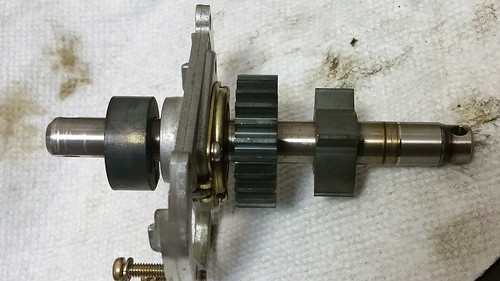
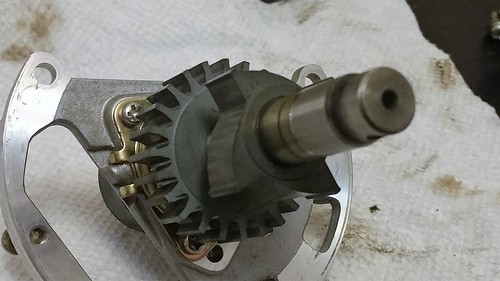

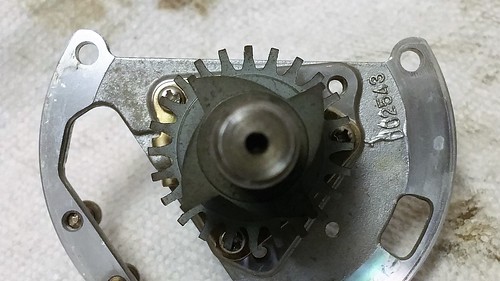

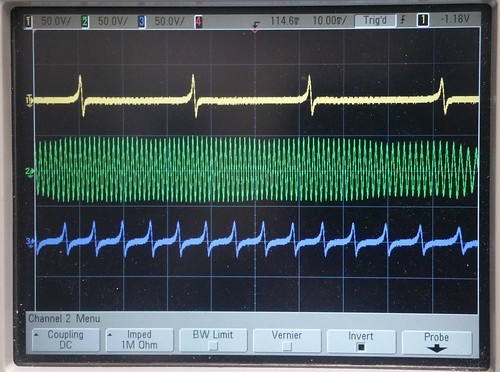
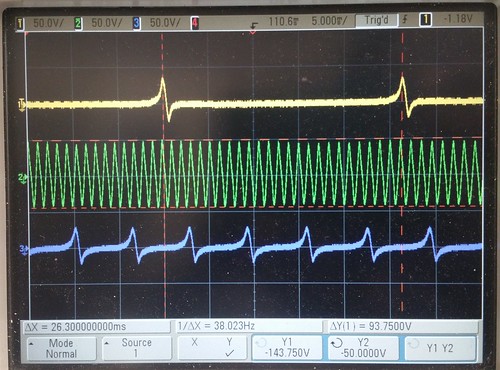
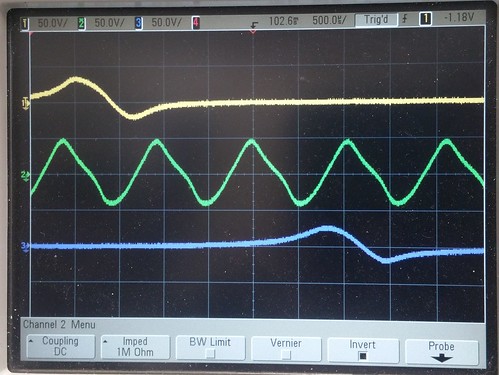





Comment